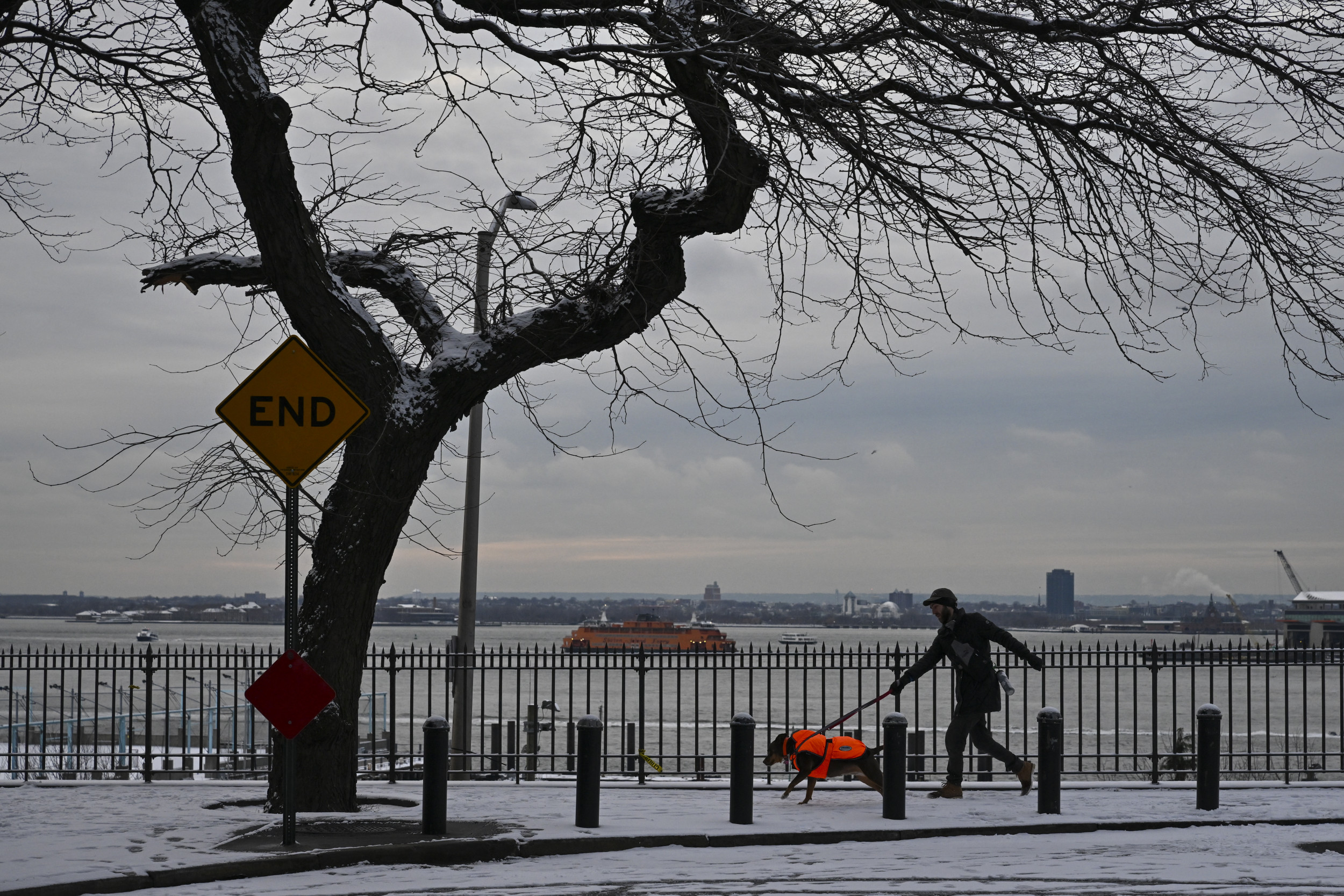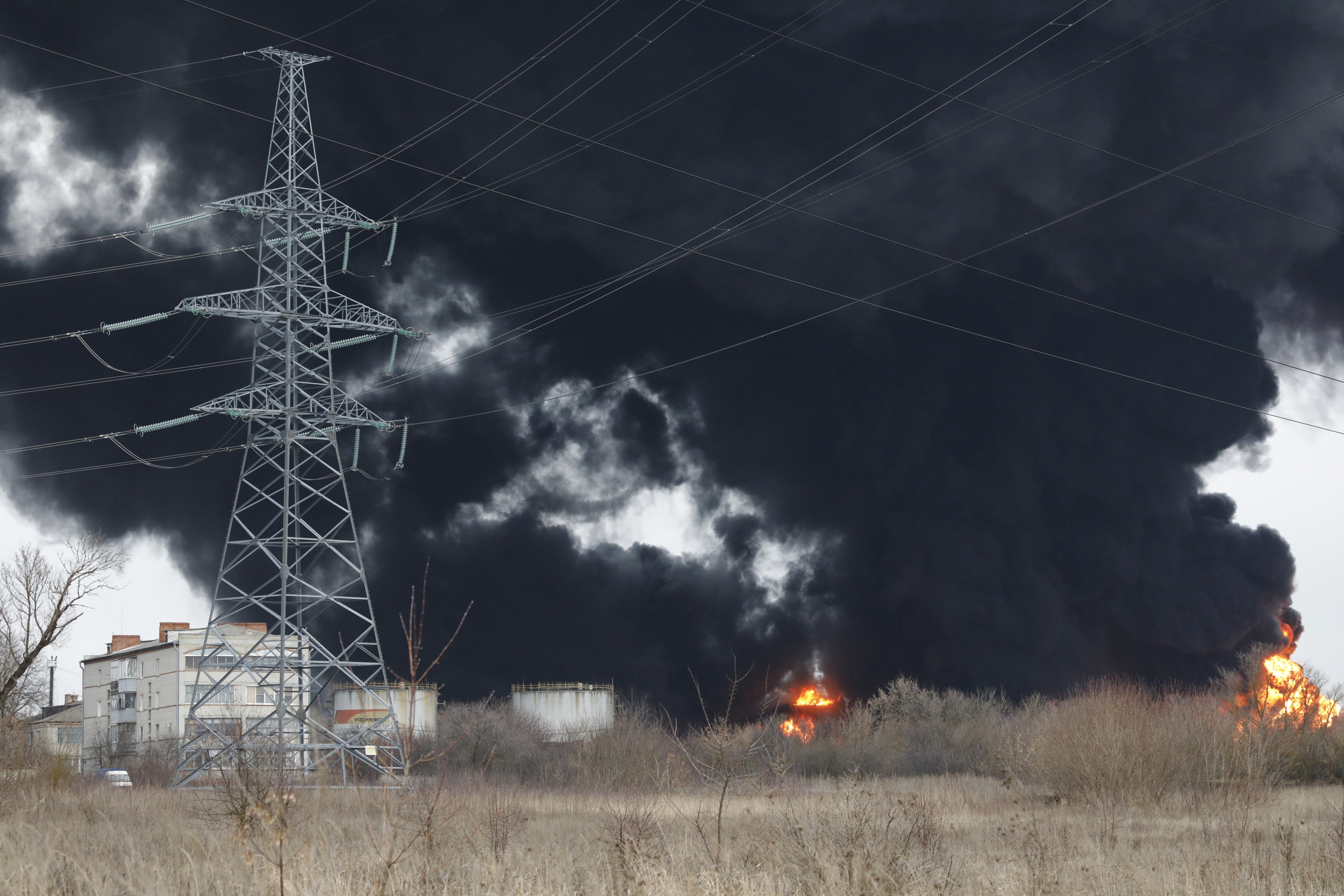Northern Florida and the Panhandle appear set for severe winter weather this week, with 17 counties under freeze warnings.
Why It Matters
It comes as the U.S. is potentially set to see its coldest January in over a decade.
This winter saw one of the warmest Decembers on record in much of the northern United States. Though many residents experienced snow around the holidays, snow coverage was still at or near 20-year lows.
However, a polar vortex is bringing severe weather conditions far into the southern U.S., including Florida, disrupting daily life in a state unaccustomed to such cold extremes. A polar vortex is a stream of cold air that normally spins around the poles high in the stratosphere. The phenomenon, which blasts Arctic air across part of North America, can disrupt weather patterns.
What To Know
According to a National Weather Service map, visualized by Newsweek below, 17 counties are under freeze warnings in Florida, including Levy County, Citrus County, Suwannee County, Baker County, Nassau County, Union County, Bradford County, Gilchrist County, Hamilton County, Alachua County, Clay County, Columbia County, Duval County, Bay County, Franklin County, Gulf County, and Walton County.
In coastal Levy County, subfreezing temperatures are expected to dip as low as 33 degrees Fahrenheit from 2 a.m. to 9 a.m. EST on Wednesday. These conditions will likely result in frost and freeze impacts that could damage sensitive vegetation, harm crops, and potentially freeze unprotected outdoor plumbing.
Inland Levy and Citrus Counties face similar challenges, with forecast lows of 31 degrees during the same time frame. Earlier cold weather advisories for these areas warned of wind chills dropping to 26 degrees, exacerbating the risk of hypothermia for those exposed to the cold.
"Very cold temperatures can lead to hypothermia with prolonged exposure," the NWS said.
Northeast and north-central Florida counties, including Suwannee, Baker, Nassau, Union, Bradford, Gilchrist, Hamilton, Alachua, Clay, Columbia, and Duval, are under freeze warnings and cold weather advisories. These regions are bracing for temperatures as low as 29 degrees early Wednesday morning.
Wind chills could plummet to 20 degrees, adding to the potential dangers for vulnerable populations such as the elderly, children and the homeless. A freeze watch remains in effect for these areas, extending from late Tuesday night into Wednesday morning, signaling the possibility of even colder conditions.

The Florida Panhandle is not spared from the freezing weather. Coastal counties such as Bay, Franklin, Gulf, and Walton are under similar advisories, with temperatures forecast to fall to 30 degrees or lower. Wind chills in this region could reach 20 degrees, posing a significant threat to people and property. Frost and freeze conditions are expected to impact crops, outdoor plants, and plumbing systems.
Residents in affected areas are urged to take precautions to protect themselves, their pets, and their property from the potential hazards posed by the cold weather by covering or bringing in tender plants, ensuring outdoor animals have adequate shelter, and wearing warm clothing if venturing outdoors. Generators and grills should not be used indoors to avoid the risk of carbon monoxide poisoning, the NWS has warned. Families and neighbors are encouraged to check on elderly or vulnerable individuals to ensure their safety during this cold snap.
What People Are Saying
AccuWeather lead long-range expert Paul Pastelok said: "This could end up being the coldest January since 2011 for the U.S. as a whole."
The NWS said last week: "Below-normal temperatures are favored across the central and eastern U.S. during much of January."
What Happens Next
Currently, forecast models expect cold air to be pushed throughout much of the U.S. from early to mid-January.




















 English (US) ·
English (US) ·